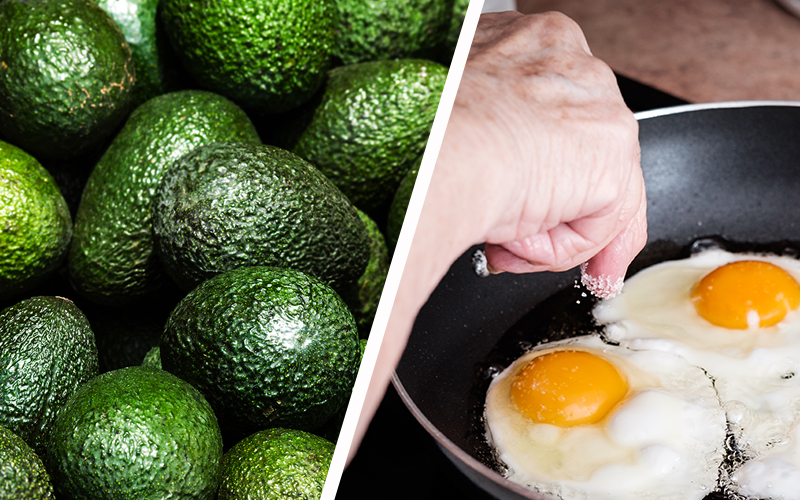hunger
MRI scans show that hunger and loneliness cause cravings in the same area, which suggests socialization is a need.
Can we end world hunger by 2030? Thanks to a new program, the data for it is all there.
We might feel fuller, but eating foods marketed for “fullness” won’t prevent us from consuming more calories, even when we’re not hungry.


